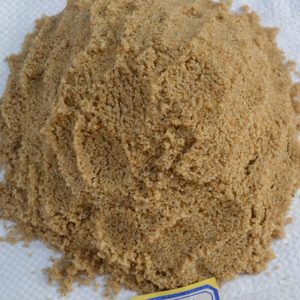
Menu
 LDHB Machines
LDHB Machines

Sea sand, as the name suggests, is sand and stone in the sea. The larger particle size is sand, generally in centimeters; the smaller particle size is sand, usually in millimeters; both are pure natural, washed, rolled, collided, and polished by sea water. In addition to silica, sea sand contains a small amount of chloride ions, feldspar, calcium, magnesium, mica, etc. As the second largest marine mineral after oil and gas, sea sand has many uses, the most important of which is One is as a raw material for engineering construction, especially the land reclamation link of large-scale construction.